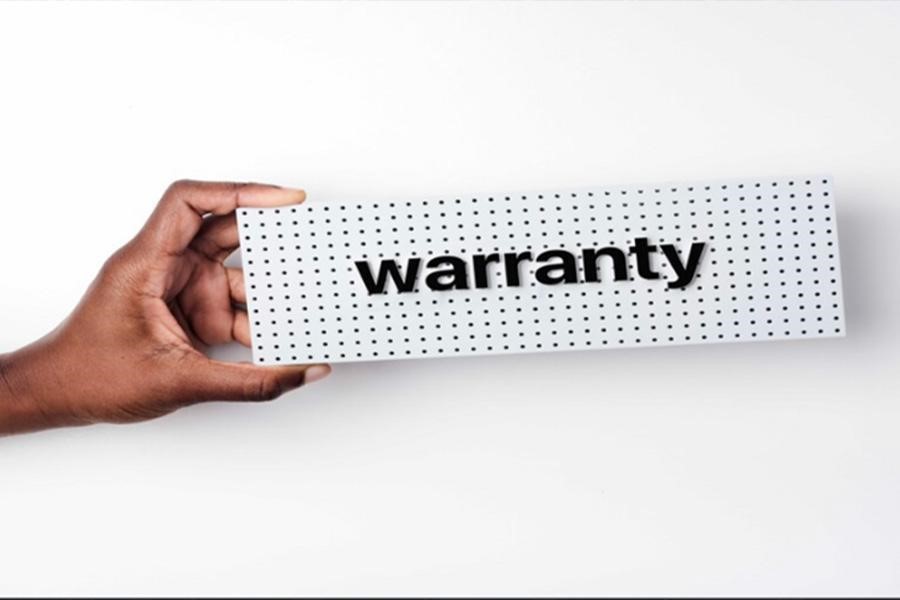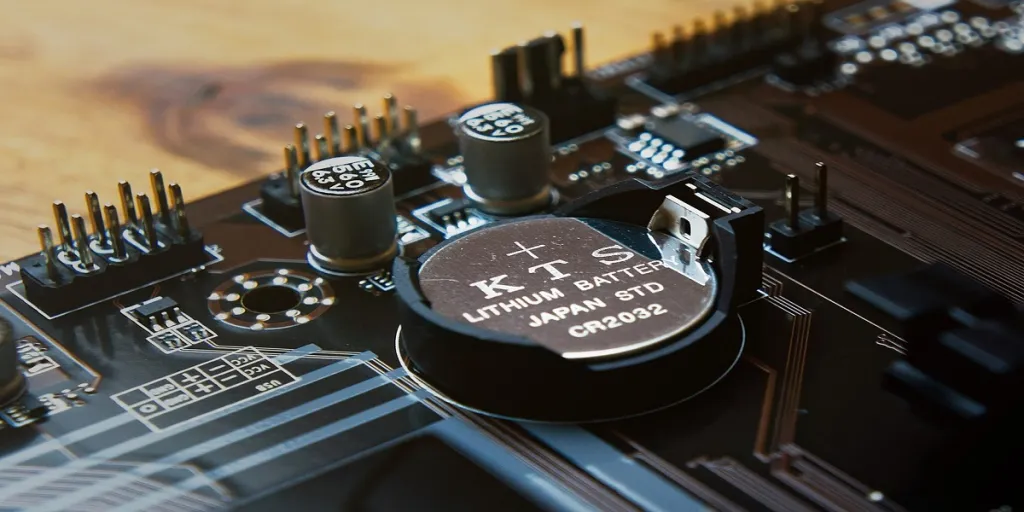Solar batteries are energy storage solutions that are paired with solar panels. With solar batteries, users can store the solar energy solar panels produce for later use when the sun isn’t shining or during power outages.
There are two common solar batteries: lead-acid and lithium-ion batteries. While lead-acid batteries are more common because they have been around for longer, lithium-ion batteries have rapidly become more popular. In 2021, the lithium-ion battery segment had the highest market share among all solar battery variants, and it’s projected to be worth $540 million by 2030 — registering a CAGR of 15.5%.
So why are more sellers choosing to stock lithium-ion batteries? In this post, we’ll explore why you should consider adding them to your inventory.
Table of Contents
What are lithium-ion solar batteries?
Pros of lithium-ion solar batteries
What to consider when choosing lithium-ion batteries
Verdict: Are lithium-ion batteries a worthwhile investment?
What are lithium-ion solar batteries?
Lithium solar batteries are rechargeable batteries that solar power systems use to store excess energy.
Pros of lithium-ion solar batteries
Lithium-ion batteries are typically costlier than lead-acid batteries. Yet, despite their high initial cost, their advantages make them popular among many users. So, why do some users choose lithium-ion over lead-acid batteries? Here are the benefits lithium-ion batteries offer over their lead-acid counterparts.
Better depth of discharge
The depth of discharge (DoD) of a solar battery, expressed as a percentage, indicates the amount of power a user can withdraw from a battery before it requires charging again. Due to their chemical composition, batteries shouldn’t be discharged completely. As a result, most batteries have a recommended DoD to preserve their lifespan.

Most lithium-ion solar batteries have a DoD of about 80%, so users can discharge them until they’re about 20% full and require recharging. On the other hand, most lead-acid batteries have a DoD of 50% and require recharging more often. As a result, lithium-ion batteries are better suited for areas that receive little sunlight because they hold charge for longer.
Faster charge times
Because lithium-ion batteries have a better DoD than lead-acid batteries, they hold charge for longer. Furthermore, they charge faster than lead batteries because of their chemical composition. This quality makes lithium-ion batteries ideal for users with off-grid solar systems.
Better lifespan
When solar batteries are discharged and recharged, they complete a cycle. A battery’s cycle life refers to the number of times it can be discharged and recharged before it wears out.
Because lead-acid batteries need to be charged more often than lithium-ion batteries, they have a shorter cycle life.
Generally, most lead-acid batteries have a lifespan of 1,500-3,000 cycles, while many high-capacity lithium-ion batteries can last up to 5,000 cycles or more.
Longer warranty
Besides their longer lifespans, many lithium-ion batteries usually have longer warranties than lead-acid batteries.
While lead-acid batteries typically have warranties under five years, many lithium-ion batteries come with a minimum ten-year warranty.
Ideal for inconsistent charge cycles
Lead-acid batteries aren’t good at handling inconsistent charge cycles. When they are frequently charged and discharged, their cycle life can reduce significantly.
With lithium-ion batteries, users don’t have to worry about inconsistent charge cycles. Lithium-ion batteries can be charged and discharged often without significantly impacting their cycle life. This feature makes them perfect for users who frequently alternate between solar power and the grid.
Greater energy density
A battery’s energy density determines the amount of power it can store relative to its size.
Lithium-ion batteries can pack a lot of energy into a relatively small space compared to lead-acid batteries, making them excellent for homes with minimal room.
Greater round-trip efficiency
A battery’s round-trip efficiency is the difference between the energy required to charge it and the energy it can store.
Lead-acid batteries have round-trip efficiencies between 80-85%. On the other hand, many lithium-ion batteries have efficiencies of 90% or more, meaning it’s possible to draw more usable energy from them.
Low maintenance
Lithium-ion solar batteries require almost no maintenance once they’re installed. They only require recharging to keep them in good condition when they’re low on charge.
Conversely, lead-acid batteries need regular maintenance. Unlike lithium-ion batteries, their cell plates must be immersed in distilled water to function at optimal levels (which is why they are known as “flooded” batteries). This means users must frequently check the water level of lead-acid batteries and top up the water if necessary. Additionally, lead-acid batteries require a solar technician to inspect them at least once every year.
What to consider when choosing lithium-ion batteries
While lithium solar batteries offer various benefits over their lead-acid counterparts, they aren’t all manufactured the same way. Here are some key factors to consider before investing in lithium-ion batteries.
Chemical composition
There are two main types of lithium-ion batteries: lithium iron phosphate (LFP) and nickel manganese cobalt (NMC). NMC batteries have a greater energy density compared to LFP batteries. As a result, an NMC battery with the same battery capacity as an LFP will be smaller. This makes NMC batteries suitable for users with minimal room.
On the other hand, while LFP batteries are larger, they last longer than NMC batteries. Furthermore, LFP batteries cost less than NMC batteries. Unlike NMC batteries that use costly materials like cobalt, LFP batteries use iron and phosphate, which are cheaper. As a result, many users prefer LFP batteries.
Battery capacity
Battery capacity, measured in kilowatt-hours (kWh), signifies the total amount of energy a battery can store. Ideally, the battery capacity should match its setting.
For instance, commercial users typically require batteries with larger capacities than residential users. Generally, 10kWh batteries are sufficient for most residential solar users, while commercial users may require batteries with larger capacities.
Warranty

Most solar batteries have a standard five- or ten-year warranty. However, some batteries have shorter warranties, while others only offer the warranty up to a certain number of cycles — typically 5,000 or 10,000.
Amp-hour rating
An ampere (amp) is the unit of measure for electric current. The amp-hour rating of a solar battery indicates the amount of electricity that can be withdrawn from the battery within an hour. The higher a battery’s amp-hour rating, the more power it can provide. For instance, a 100Ah battery can provide 100 amps for an hour or ten amps for 10 hours.
Battery management system
A battery management system (BMS) is an electronic circuit that monitors battery performance. For instance, if a BMS detects a significant spike in temperature, it may turn off a battery to protect it from damage. Ideally, look for a battery with a BMS.
Verdict: Are lithium-ion batteries a worthwhile investment?
Lithium-ion batteries are a great energy storage option. They require minimal maintenance, last longer, and perform better than lead-acid batteries. Plus, considering solar energy is the fastest-growing electricity source, the demand for lithium-ion batteries will rise, making them an excellent investment.
Check out Alibaba.com for a wide range of lithium solar batteries for residential and commercial solar users.




